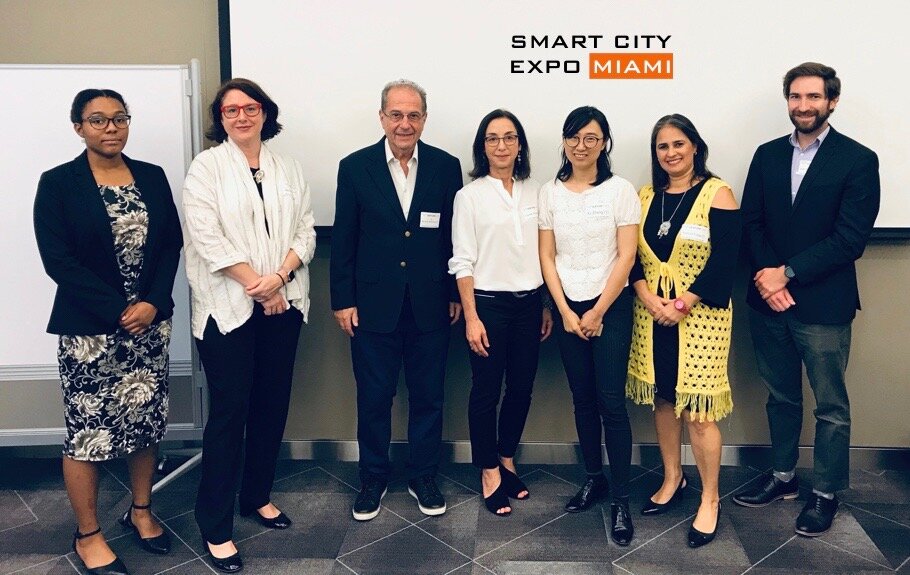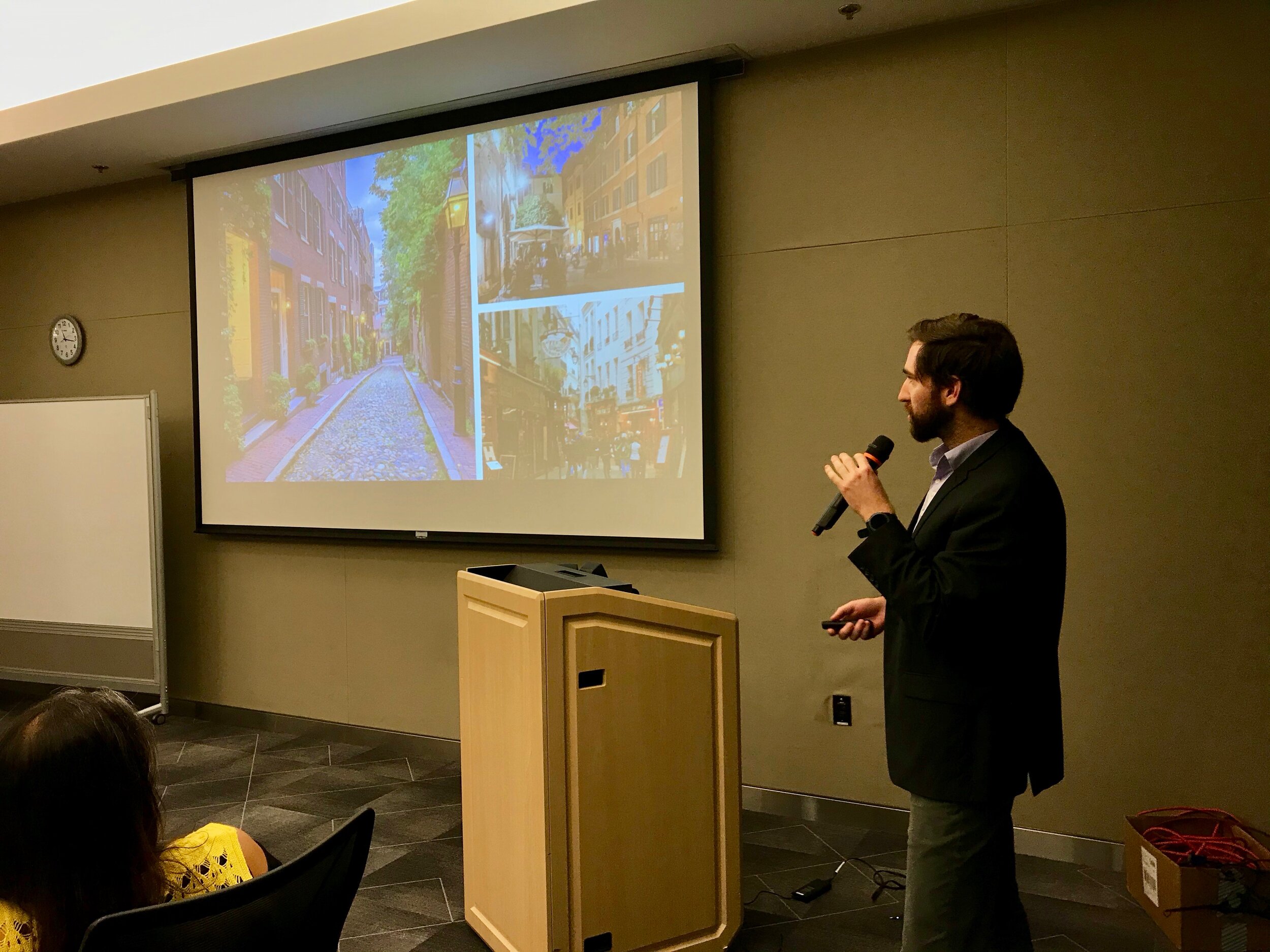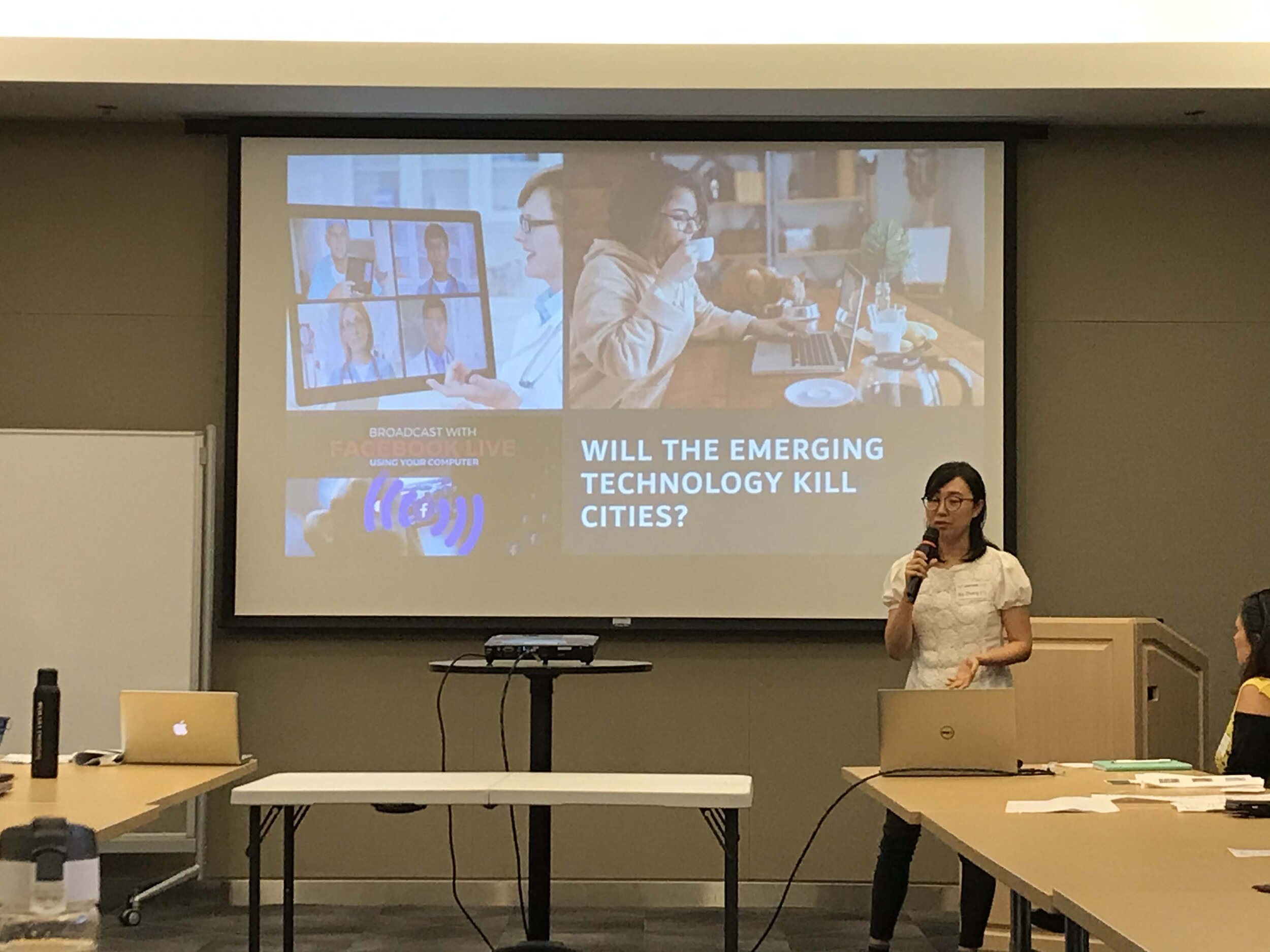This one’s all about neighborhoods: Episode 5 of Town Planning Stuff Everyone Needs to Know reached screens Monday, May 11, 2020 via social media and our YouTube channel, and it includes some striking animations by Alex England, Kenneth Garcia, and Pablo Dueñas.
Neighborhoods are the basic building block of a city or town.
In 1929, Clarence Perry documented what he called “The Neighborhood Unit.” His classic diagram remains useful; it’s been updated several times since, including in the early 1990s by Gary Greenan and Lizz Plater-Zyberk for AIA Graphic Standards, and again in 2007 for Doug Farr’s book Sustainable Urbanism.
Clarence Perry’s “Neighborhood Unit.”
When you have one neighborhood standing alone among the farms or in the woods or the wilderness, that’s a village. When growth leads to several of these neighborhoods positioned tightly together, you get a town, and, with even more neighborhoods, a city. In this way, small towns and big cities like Paris or New York or Washington are all cities made of neighborhoods.
Neighborhoods: the fundamental unit of city building.
The five crucial ingredients
Neighborhoods vary a lot, but they have five basic characteristics. We keep these in mind when planning a new neighborhood or when carefully updating or restoring an existing one.
Compact, complete, connected, convivial.
First, a proper traditional neighborhood has an identifiable center & edge. You know when you’ve arrived at the heart of a neighborhood; large or small, it almost always has a deliberate, consequential public space, shared by all. You will typically find a square or plaza, and a noteworthy civic building or landmark (and in the best examples, some locally-serving commerce). Edges, on the other hand, vary greatly. While historically a fortified town might have had a wall for protection, that has thankfully evolved to more inclusive and welcoming physical identifiers. The boundaries between neighborhoods might simply take the form of a mixed-use main street shared by several adjoining neighborhoods, forming a “seam” instead of a seal. Or the edge can be a greenbelt of parkland, forest or farmland, or a water body, or a transit or greenway/trail corridor, or some other feature. All that being said, centers are arguably much more important to the neighbors’ well-being than the edges; the centers are where the bonds of community are most firmly formed.
Second, the neighborhood is limited in size, about five minutes’ walk from center to edge. That’s an easy distance to navigate without driving. It’s also an amount of territory that is easily mentally mapped, committed to memory in great detail, and in an area this size people come to know many of their neighbors. Parents in traditional neighborhoods tend to allow their children greater freedom to roam for these reasons. Five minutes’ walk results in a radius of about a quarter of a mile, but that’s a rough measurement only; neighborhoods are almost never circular! Perry’s neighborhood unit envisioned idealized neighborhoods at a size of about 160 acres, but in practical application we find traditional neighborhoods range from about 40 acres to about 300 acres. Larger sites are designed as multiple neighborhoods. Although there are many ways their edges are defined physically, real neighborhoods don’t extend endlessly across the horizon.
Next, it has a mix of land uses & building types & housing types and prices. That variety allows for some of life’s basic daily needs to be satisfied within the neighborhood. (More on this coming up in Episode 7, on mixed land uses.) An old rule of thumb says, if you can buy a quart of milk within 5 minutes walk, that’s a more livable neighborhood. That’s also a neighborhood where you’re more likely to walk or bike, burning calories instead of fossil fuels. We don’t use the term “neighborhood”to describe vast, standalone precincts of a single land use, like tract house subdivisions, apartment complexes, office parks, or shopping centers. Variety in the housing types and sizes welcomes a wider range of households and income levels, making it possible to blend generations, improve inclusiveness, and to avoid socially harmful concentrations of poverty.
Fourth, the neighborhood should also have an integrated network of walkable streets. Making the streets connected, beautiful and walkable are all key to fostering a healthy culture of physical activity, making public transit viable, creating great addresses that add value to real estate, and more. (Episode 8, on the public realm, and Episode 9, on walkable street design, will cover this in more detail.)
Last, the neighborhood should have some of the best sites reserved for civic purposes, like public buildings, places of worship, parks, squares, and gathering places. These sites are the ones which are lent significance by the artfully composed geometry of the neighborhood plan itself; for example, a civic building is lent prominence by positioning it at the end of a street vista or facing a public square, communicating the importance of the shared institution inside it to the society that built the neighborhood. Public buildings and civic gathering places are crucial anchors that lend certainty in an unpredictable world, precisely because they are more permanent than the private houses or everyday workplaces— so these sites should be identified, set aside and protected from private development right from the beginning.
Neighborhoods: They’re fundamental, and they’re #5 on my list of #townplanningstuff everyone needs to know. —Victor







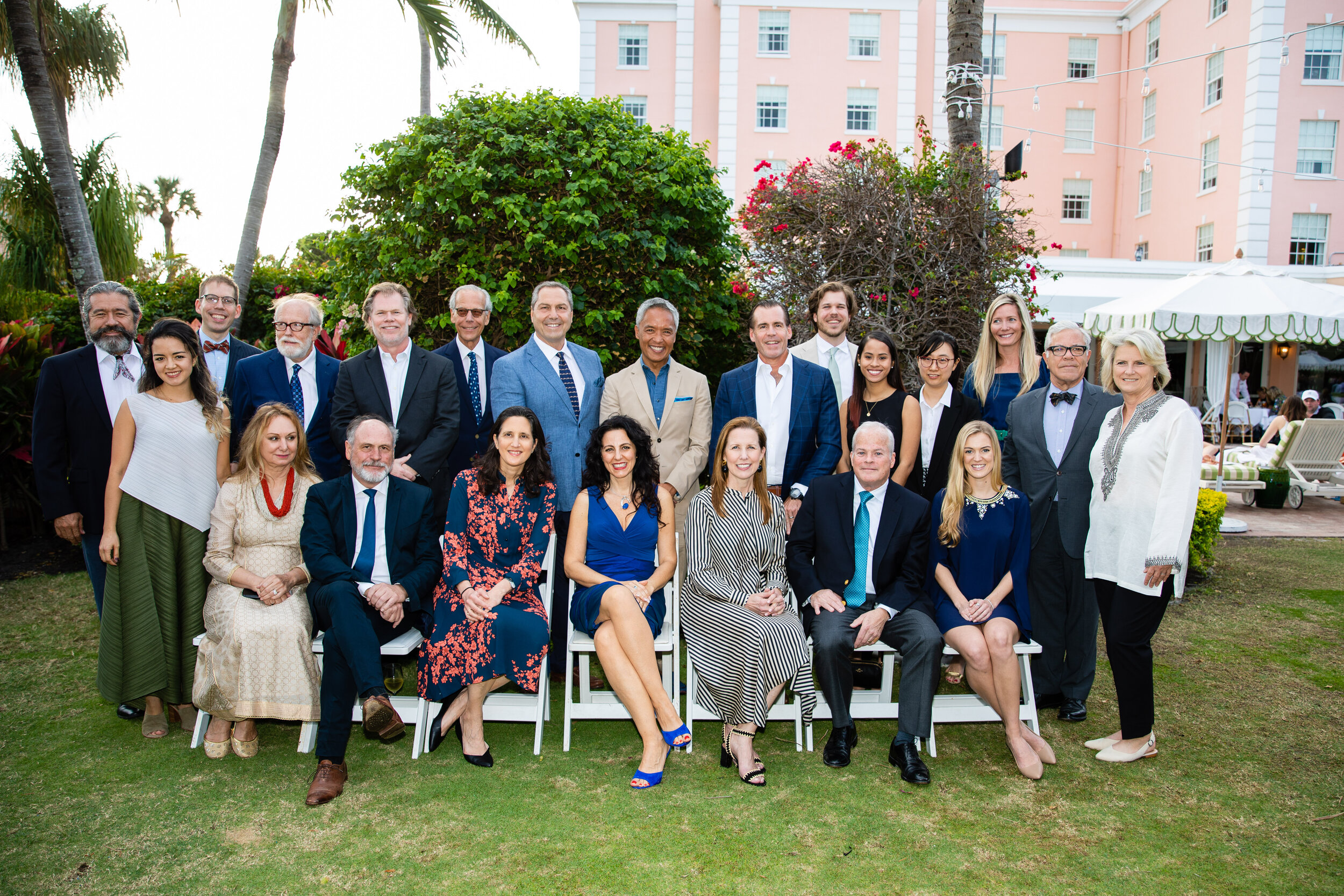
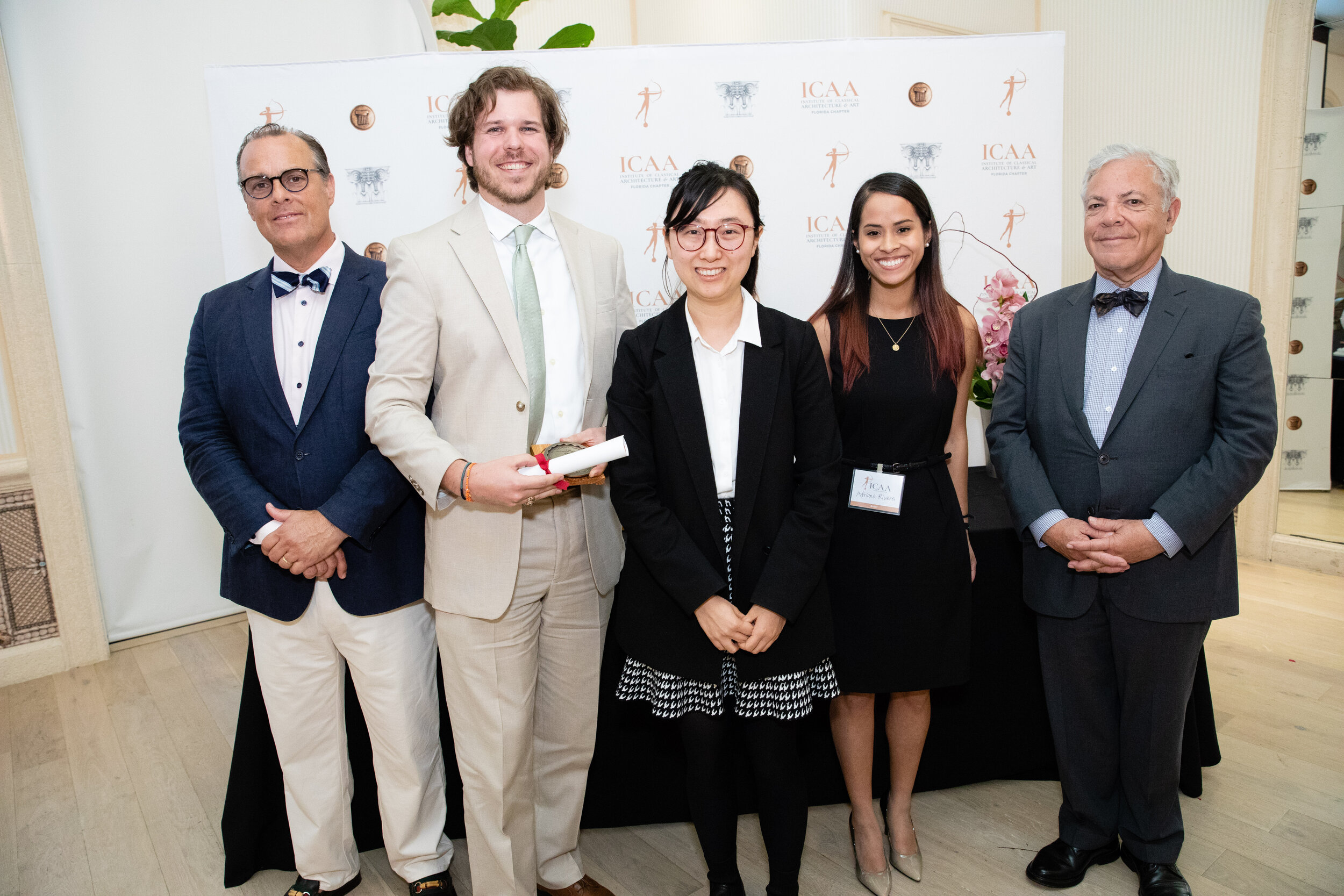


![AMM-Medal-FrontHeader[1].jpg](https://images.squarespace-cdn.com/content/v1/5612e13ae4b0c37386e86b7e/1576617765761-6MZ40DZVE8VVEKYVXF5Q/AMM-Medal-FrontHeader%5B1%5D.jpg)

